- Markets previously brushed off tariff risks under the assumption that President Donald Trump would follow his earlier pattern and eventually retreat. That allowed stocks to reach new record-high territory, marking a stunning rebound from the collapse triggered by his “Liberation Day” tariffs in April. But Trump is now pointing to those stock market highs as signs that his tariffs are being well received.
Wall Street thought it had President Donald Trump all figured out on his trade war, but the past week has raised concerns that investors may be wrong.
Markets had dismissed tariff risks under the assumption that Trump would follow an earlier pattern and back off, in what became known as the so-called TACO trade.
That allowed stocks to reach new record-high territory recently, marking a stunning rebound from the collapse triggered by his “Liberation Day” reciprocal tariffs in April.
But Trump has seized on those very same stock market highs to justify pressing ahead with his aggressive tariff rates.
“I think the tariffs have been very well received. The stock market hit a new high today,” he told NBC News on Thursday.
He also suggested a baseline rate of 15%-20%, higher than the current level of 10% across the board.
That came as he continued to unveil letters to U.S. trading partners throughout the week, laying out tariff rates they will face by Aug. 1 if no trade deals are reached. On Saturday, he threatened the European Union and Mexico with 30% rates.
While the letters are largely seen as a negotiating tactic, stocks have pulled back from their all-time highs as doubts about the TACO trade start to creep in.
“Markets appear to believe that Trump will again back down,” Capital Economics said in a note on Friday. “We are not so sure.”
For his part, Trump did not reimpose his reciprocal tariffs on Wednesday, when a 90-day pause was due to expire. But his new Aug. 1 timeline only offers a few more weeks of breathing room to reach trade deals that would avoid the high rates contained in his dozens of letters.
Meanwhile, Trump is pressing ahead with sector-specific duties, announcing 50% tariffs on copper and warning that imported pharmaceuticals could face a 200% rate.
For now, stocks are not experiencing a repeat of April’s meltdown, when the S&P 500 crashed nearly 20% from its prior high to flirt with a bear market. The relatively muted reaction is presumably due to the TACO trade.
“But that creates a dangerous circularity, since the main reason Trump was forced to shelve his Liberation Day plans originally was because of the sell-off in not only the equity market but the Treasury market too,” Capital Economics said. “Without that pressure, Trump may feel more emboldened to follow through this time, particularly since—up to now at least—tariffs appear to have had little impact on final consumer goods prices and claims the economy would be plunged into recession have been proven wrong.”
Economists at Bank of America also highlighted the market’s failure to stage a revolt against Trump’s new tariff blitz, calling it “the game that never ends.”
And as stocks ignore the latest shocks, consumer confidence is less likely to be affected, they added. But that also means the Trump administration has more incentives to re-escalate, since the marginal cost of doing so is low.
“The next question is then how much re-escalation risky assets are willing to tolerate before correcting lower and how much pain Trump would tolerate until de-escalation occurs as it happened in April,” BofA said. “In other words, the game between Trump and the market is subject to multiple equilibria.”
In other, other words, Trump and Wall Street could keep going around and around.
This story was originally featured on Fortune.com

 4 hours ago
1
4 hours ago
1
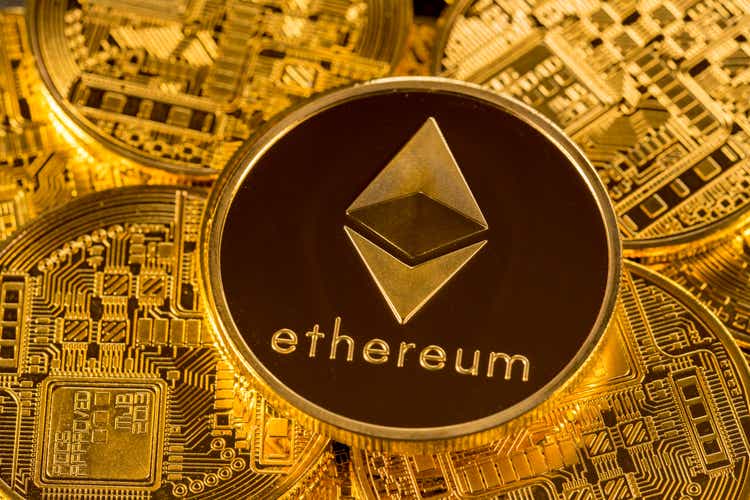


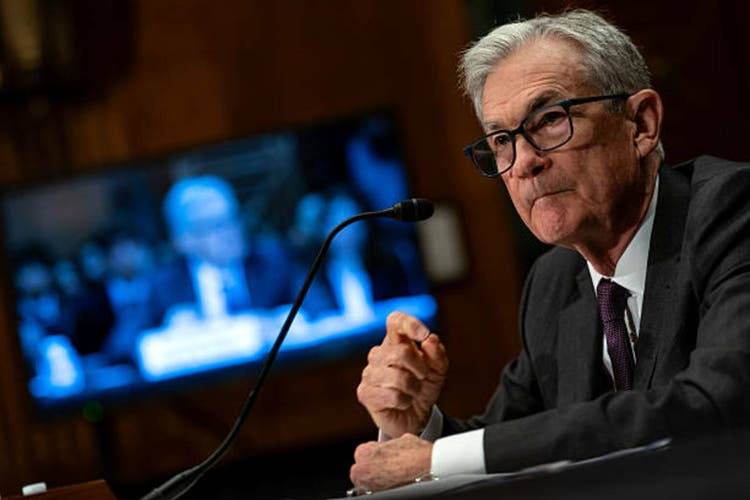

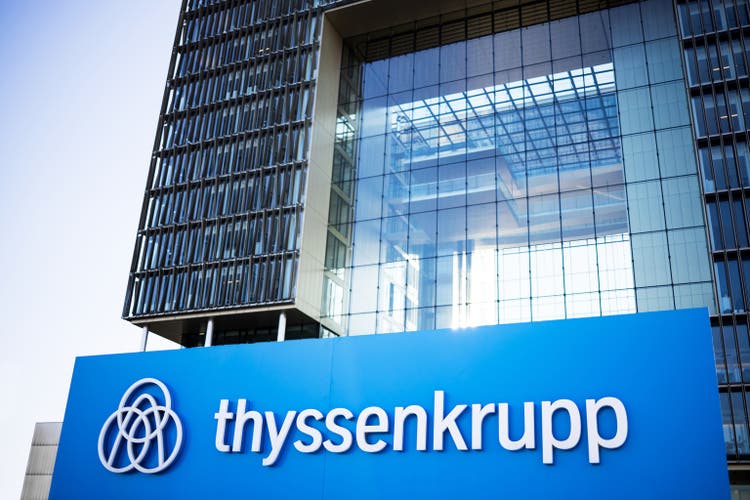




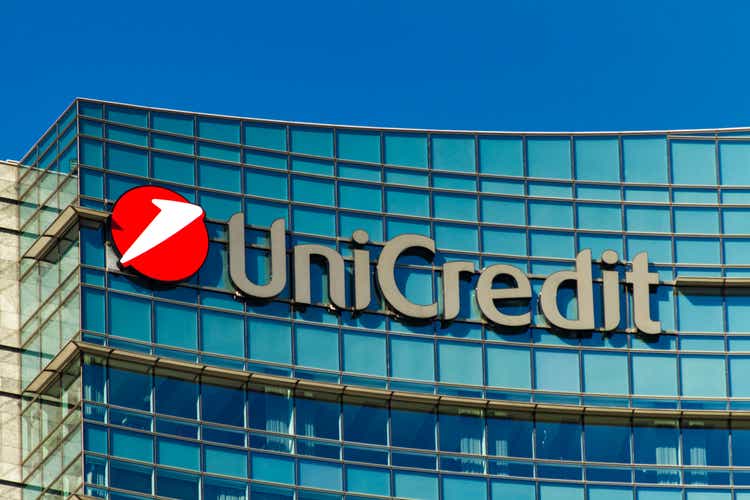


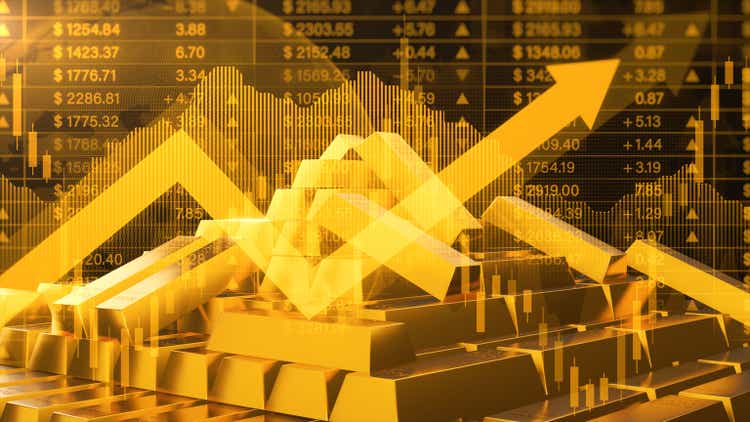




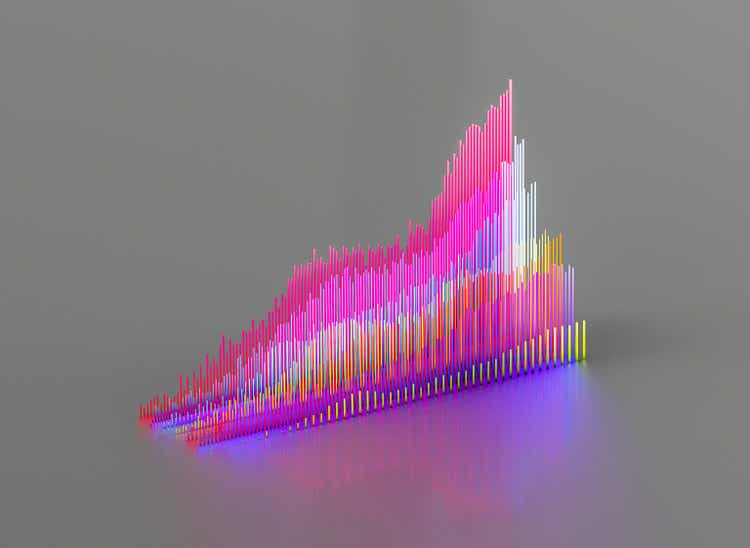



 English (US) ·
English (US) ·